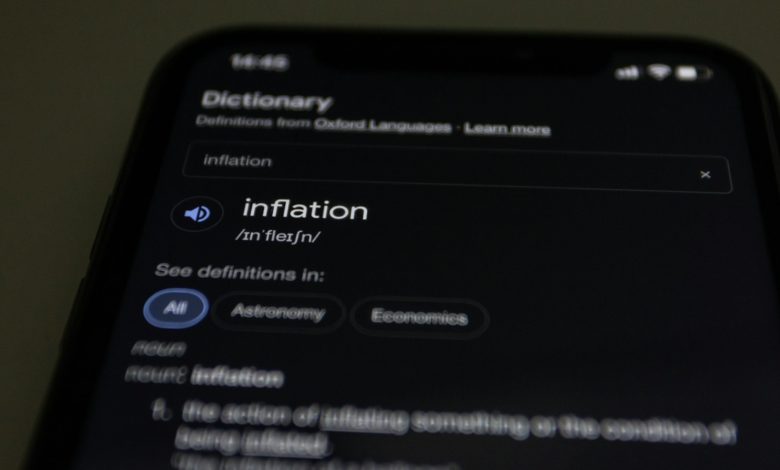June Inflation: A Deeper Look into Consumer Price Increases and What They Mean for Your Wallet

In June, inflation noticeably ticked upward with the Consumer Price Index (CPI) rising by 2.7% year-over-year, up from 2.4% in May. This rise can be pointed to several factors, including the effects of tariffs, rising food and shelter costs, and ongoing pressure from medical expenses. Here’s a breakdown of the latest inflation numbers and what they mean for consumers moving forward.
Rising Food Prices: An Ongoing Strain on Consumers
Food prices remained a significant contributor to June’s inflation, with grocery prices rising 0.3% month-over-month and 2.4% year-over-year. Notably, meat prices continued to climb, with ground beef rising nearly 10%, and steaks jumping by 12.4%. While egg prices saw a slight decline of 7.4% from May, they are still 27.4% higher than last year. The price hikes are making grocery shopping more expensive for many households, with eating out also seeing a 0.4% increase in June.
Medical Costs and Shelter Still on the Rise
Medical care saw a 0.6% increase from May and a 3.4% increase compared to the previous year, contributing to the ongoing strain on consumer budgets. Hospital services rose by 4.2%, and nursing home care went up by 5.1%, making health care one of the fastest-growing expenses for households.
On the housing front, shelter costs rose by 0.2% in June, continuing a long-term upward trend. Shelter is one of the most significant inflation drivers, rising 3.8% from a year ago. While the increase is still steep, there are signs that the housing market may be cooling slightly, thanks to an increase in multifamily housing construction.
The Impact of Tariffs on Consumer Goods
The effects of tariffs were clear in June’s inflation report, especially in categories like household furnishings, apparel, appliances, and recreational goods. These goods saw noticeable price increases due to the trade disputes, with household furniture prices climbing by 1%, marking the biggest jump since January 2022. Consumers may see higher prices on a range of imported goods, especially in sectors heavily impacted by tariffs.
Economists and analysts are keeping an eye on further tariff-related price hikes as the U.S. and its trading partners continue to negotiate trade terms. As the tariffs on goods increase, consumers could face more widespread inflationary pressures in the months ahead.
Gas Prices Offer Some Relief
While inflation remained high across many sectors, there was some good news at the gas pump. Gasoline prices rose 1% in June, but were still 8.3% lower than the previous year. As of mid-July, the national average for gasoline was $3.15 per gallon, down from $3.52 last year. This decline in gas prices offers some relief to consumers who have been dealing with rising costs in other areas.
What This Means for the Federal Reserve’s Next Moves
June’s inflation data is a challenge for the Federal Reserve, which is targeting an inflation rate of around 2%. With inflation above expectations, the likelihood of an interest rate cut in the near term seems unlikely. The Fed has hinted that it is unlikely to lower rates in its upcoming meetings, and with inflation remaining above target, it could keep rates steady to manage the economy.
Scott Anderson, Chief U.S. Economist at BMO Capital Markets, emphasized that the uptick in June’s CPI report could keep the Fed on the sidelines for now, making it less likely for consumers to see immediate relief from rising costs through lower borrowing rates.
Looking Ahead
Looking ahead, inflation will remain a key concern for both consumers and investors. The ongoing effects of tariffs, combined with rising costs in food, shelter, and healthcare, could continue to impact household budgets. For consumers, adjusting spending habits and looking for ways to manage expenses will be important as inflation shows signs of sticking around.
For investors, the inflation data points to continued market volatility. While some sectors may benefit from the economic backdrop, others, particularly those dependent on consumer spending. could face headwinds as inflation puts pressure on household budgets. The Federal Reserve’s next steps will be crucial, and market participants will be closely watching to see if the Fed chooses to raise rates or remain cautious in the face of persistent inflation.




